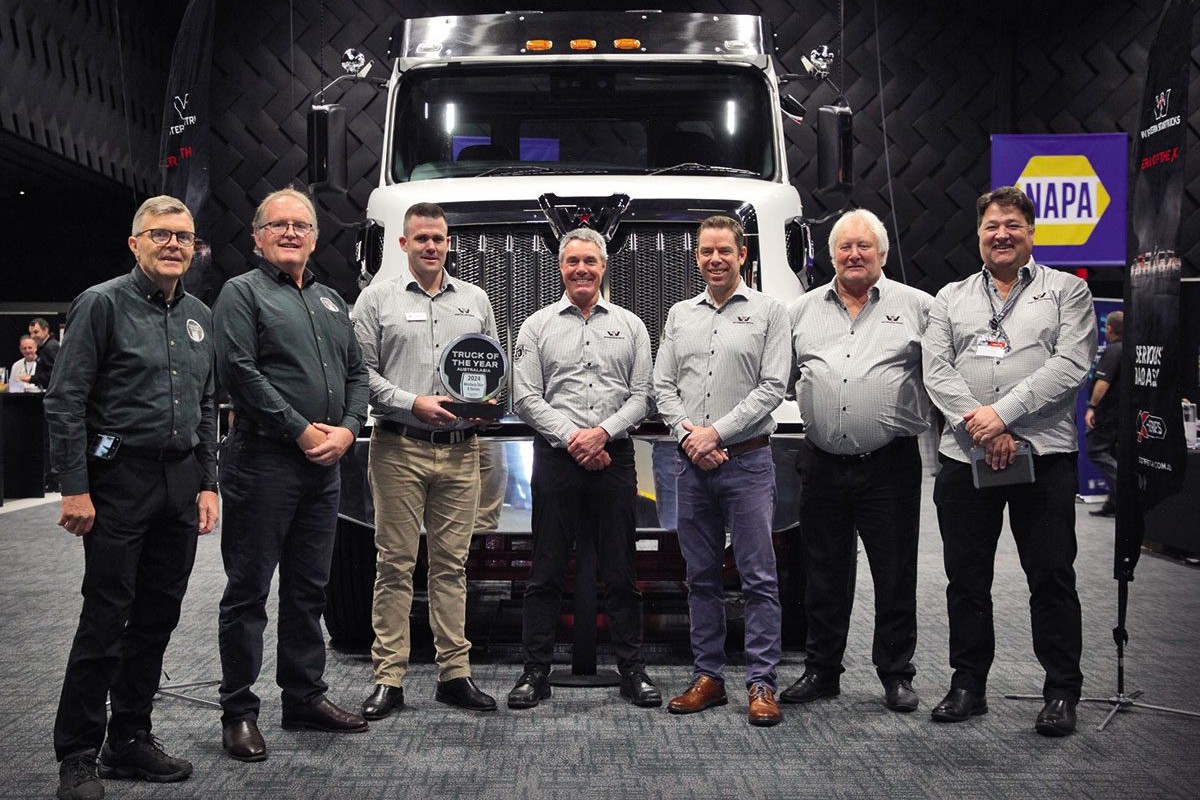Setting a new standard
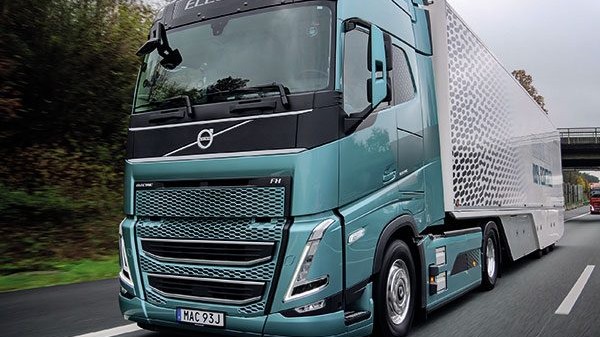
Volvo’s six-cylinder diesel powerplant is gone in the FH Electric, replaced by three hard-working electric motors to keep 40 tonnes moving effortlessly. And for the first time, an electric truck must prove that it can keep up with its diesel siblings in both performance and range on the long haul.
The new FH electric is ready for departure from Munich’s Volvo Trucks Center. It has fully charged batteries, 490kW (666hp) of continuous electric power (and 2400Nm) under the driver’s cab, and the ambition behind it to be the first standard e-truck to get from here to Berlin with just one pit stop at the charging station.
With a quiet hum, we swing onto the autobahn for Berlin. From the first few metres behind the wheel, we’re impressed by the smoothness and the acceleration scurries up to 85km/h. Compared with the diesel FH, the electric Volvo lacks nothing, right down to a refrigerator and coffee machine. Seating is extremely comfortable, the dashboard is typically Nordic, and the leather on the steering wheel is supple.
We feel almost like we are on an undercover mission – the ice-blue FH Globetrotter XL and aerodynamically optimised trailer in tow appear completely normal. Few people see the ‘electric’ badging on the doors and suspect that a truck of the future has just driven past them.
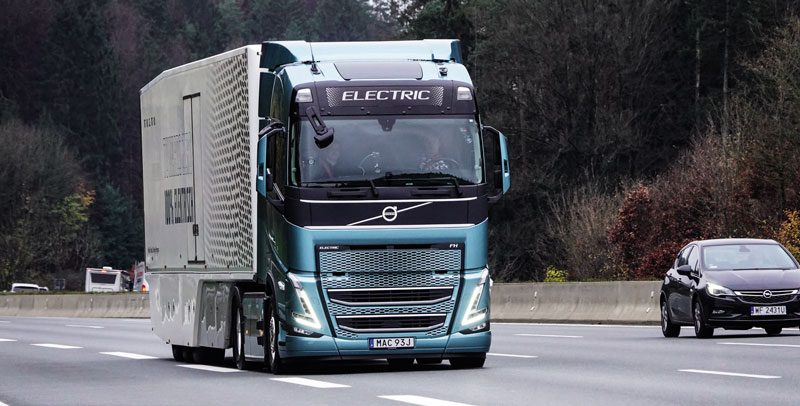
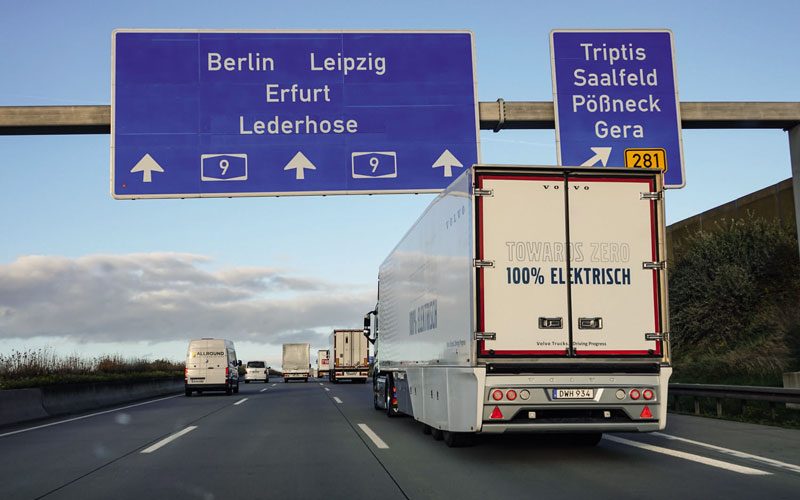
The FH electric is particularly good on the road thanks to about two tonnes of extra weight from its six 90kWh battery packs (540kWh in total) pressing on the axles. The steering, which is tailored to the vehicle, together with the full air suspension (standard due to the higher axle loads) has the 10.5-tonne tractor under control. You can adjust the electric steering force from soft to hard, and occasionally, you feel slight feedback from the axle due to the 385/55 wide tyres, which are necessary due to the high front-axle load.
The three 163kW (222hp) synchronous drive motors from Volvo’s modular motor kit are just as flawless. On the autobahn, their subtle whirring is completely drowned out by the rolling noise of the Conti tyres and the gentle wind on the mirrors. Even without a supporting background sound, they pull the fully loaded unit up inclines as if by a proverbial kilometre-long rubber band.
Minimal interruptions in tractive power hint that the drive is coupled to a classic I-Shift transmission, its nimble gear shifts keeping the electric motors working at a comfortable speed of between 9000 and 10,000rpm. Incidentally, power takeoffs and the usual drive-axle configurations also fit the I-Shift gearbox, making the FH electric a bit more practical for the customer. The 12-speed gearbox and map-supported I-See cruise control ensure the successful conversion of power into momentum. Every kilowatt from the massive lithium-ion batteries is valuable and needs to be used wisely, even during overtaking.
The otherwise classic instrument display lists the remaining battery charge and the remaining range in a numerical display that is unfortunately far too small. Thankfully, this will be changed with an update at the end of the year.

Recuperation is the magic word with which the Volvo converts a gradient into electricity via its electric motor brake. While it maintains speed control in many cases, it is not a real replacement for the effective VEB+ engine brake of the diesel variant. In difficult topography, you wish for the significantly stronger braking power of a retarder.
After the hilly Franconian landscape takes its toll on the remaining range, the FH arrives at the Selbitz service station supercharger with 10% remaining battery capacity, or 25km remaining range. The 85-minute lunchbreak allows us to take stock: halfway through the test, the electric drive had consumed 355kWh and gained 61kWh through diligent recuperation. That means 294kWh was used to cover 287km – 102.44kWh/100km. With 327kW recharged, the ‘fuel’ bill of €160 ($277) is still about 10% higher than comparable diesel costs. But the energy balance is quite different: if you equate 9.8kWh to one litre of diesel, then the electric powertrain consumed the equivalent of just 10l/100km!
On the East German autobahn, it’s the hardly noticeable long inclines that repeatedly cause spikes in the consumption meter – but we are in good shape to reach Berlin with a reasonable range in reserve. I-See does a particularly good job here and instructs a shift – almost unnoticed – down to 11th gear and up again just as quickly. Saving drive energy and reaping the benefit of downhills can quickly transform one’s driving style from a casual diesel cruiser to a vigilant kilowatt guard. Any outrageous thought of a kickdown to utilise the available peak power of 595kW (810hp) is out of the question. Nor is there a reason for it – the electric drive motors always provide enough propulsion to devour every kilometre, as if pulled continuously by that rubber band. It makes driving quite pleasurable – a realisation that will dawn on those who don’t want to say goodbye to the diesel six-cylinder they’ve come to love.
After 606km, the Volvo arrives in Berlin with 132km range remaining. On the second leg, the ice-blue, cool Swede used 106kWh/100km. Over the entire distance, the drive motors consumed 645kWh and regenerated 120kWh; a nett of 525kWh. Overall consumption, therefore, was 86.63kWh/100km – or 1.15km/ kWh. ‘Fuel’ costs totalled €257 ($445), less than a comparably loaded diesel (not counting the bonus toll exemption).
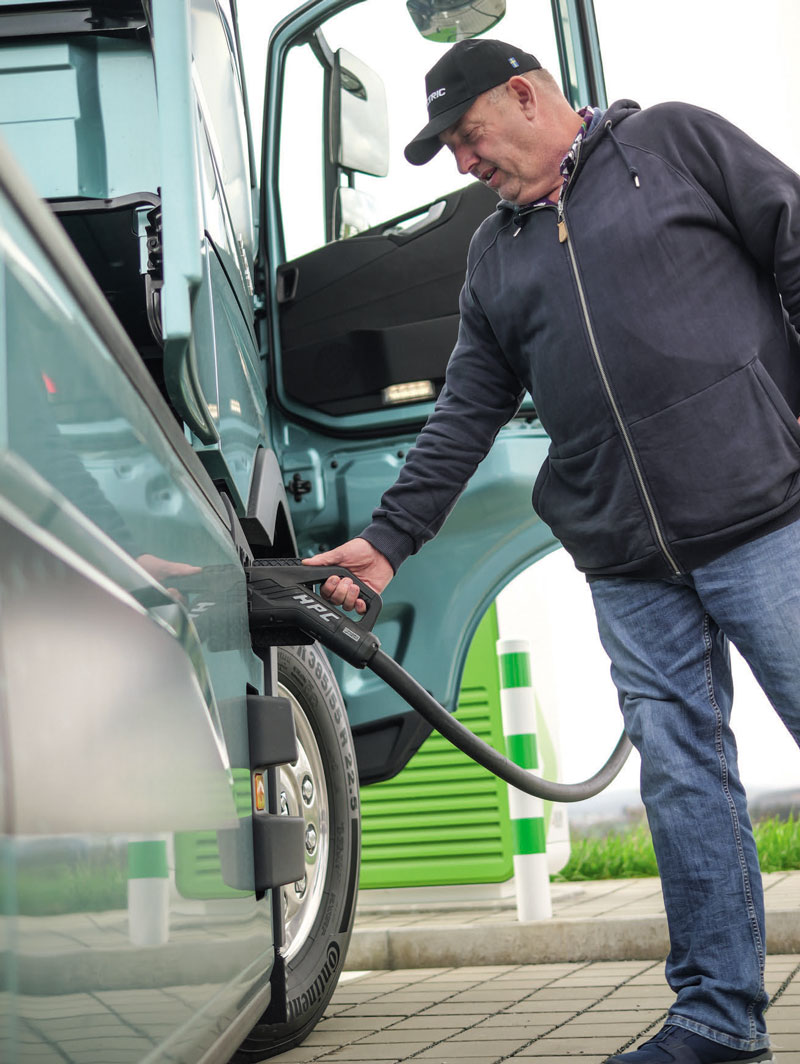
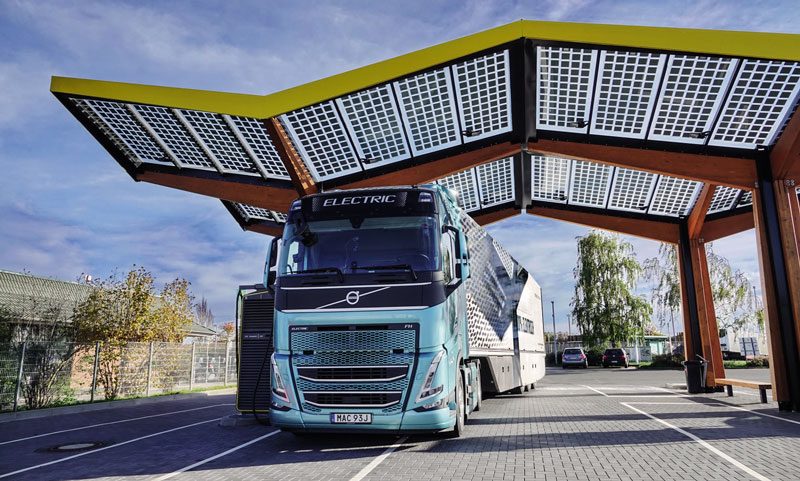
So, in addition to its traditional domain of distribution, can electric drive also cover long distances? The answer is yes and no. The e-drive and its control of the vehicle work so quietly and with perfect flawlessness, as if it were a technology as old as diesel, that has matured over decades. But a range of 500km or more is needed – and is promised by battery developers for the near future. However, the current state of battery technology may well work for fixed-line transport or internal transhipment.
Regardless, FH electric buyers can feel like pioneers – pioneers of a noiseless but by no means emotionless freight journey into the future.
Oliver Willms represents Germany and the commercial vehicle publication Lastauto Omnibus on the International Truck of the Year jury.
Read more
All the horses in the race
0 Comments6 Minutes
Stars with the X-factor
0 Comments8 Minutes
Next-level electric
0 Comments12 Minutes



